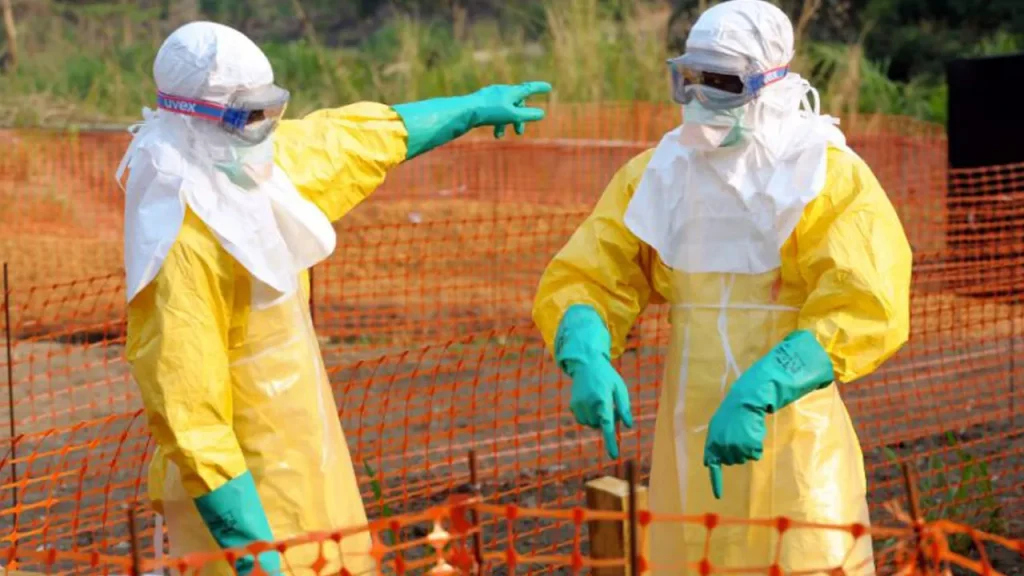The Democratic Republic of Congo (DRC) declared its tenth Ebola outbreak on August 1, 2018, centered in North Kivu and Ituri provinces, with cases also reported in South Kivu.
Now surpassing 3,395 total cases, including 3,277 confirmed and 2,235 deaths as of January 11, 2020, this is the country’s largest-ever Ebola epidemic and the second-largest globally, trailing only the 2014-2016 West Africa outbreak.
The crisis intensified rapidly, with over 1,000 cases reported in the first eight months, doubling to 2,000 by June 2019, though the weekly case rate has since slowed to 14 by year-end.
Challenges in Containment
Despite a decline, the outbreak remains a major public health threat.
Only about one-third of new cases are traced to known contacts, with 40% of patients never registered, complicating efforts due to mobility—such as motorbike taxi drivers—and community fear.
New cases are isolated on average five days after symptoms appear, delaying treatment and increasing transmission risks.
Cross-border spread occurred, with Uganda reporting three cases in June 2019 and a fatal case in August, while Goma, North Kivu’s capital, saw its first case in July 2019, prompting a swift response but no further local cases since.
Regional Spread and Response
The epidemic, possibly starting in May 2018, was delayed in detection due to security issues and a health worker strike over unpaid salaries.
It began in Mangina, spread to Beni and Butembo, and reached Katwa and Kanya, with sporadic cases in Ituri.
The Zaire Ebola virus, the deadliest strain, was confirmed by the national lab (INRB).
On July 17, 2019, the World Health Organization (WHO) declared it a Public Health Emergency of International Concern (PHEIC) after the Goma case.
Violence in North Kivu and Ituri since November 2019 has disrupted care, vaccination, and tracing, heightening resurgence risks.
Future Concerns and Strategies
The unpredictable spread, with flare-ups in former hotspots, challenges containment efforts.
MSF advocates integrating Ebola response into the existing healthcare system to improve access and resilience.
As the situation stabilizes but remains fragile, ongoing vigilance and community engagement are critical to ending this prolonged crisis.






